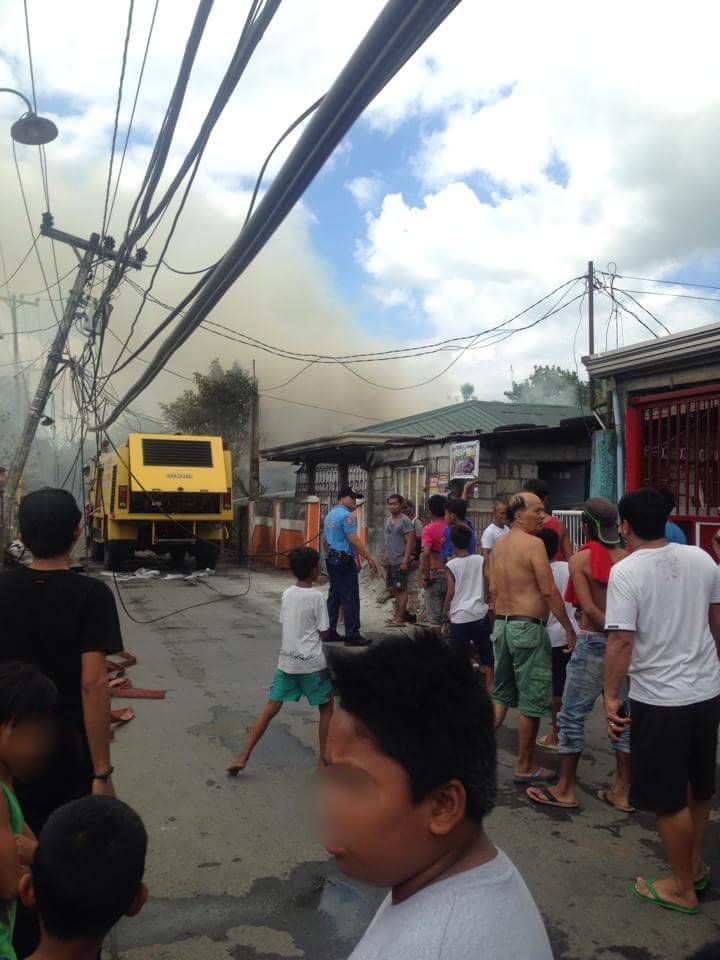28 March 2018

Flag carrier Philippine Airlines (PAL) has confirmed that it will link Tokyo, Hong Kong and Bangkok to its Davao airport hub soon as part of the airline expansion program.
The route which will be flown by Airbus A321-200 aircraft is already pending for regulatory approvals and likely approved within the year.
The airline operates flights to Zamboanga, Tagbilaran, and Siargao from its Davao hub, while it dropped Cagayan de Oro route very recently due to poor passenger sales.

Flag carrier Philippine Airlines (PAL) has confirmed that it will link Tokyo, Hong Kong and Bangkok to its Davao airport hub soon as part of the airline expansion program.
The route which will be flown by Airbus A321-200 aircraft is already pending for regulatory approvals and likely approved within the year.
The airline operates flights to Zamboanga, Tagbilaran, and Siargao from its Davao hub, while it dropped Cagayan de Oro route very recently due to poor passenger sales.








